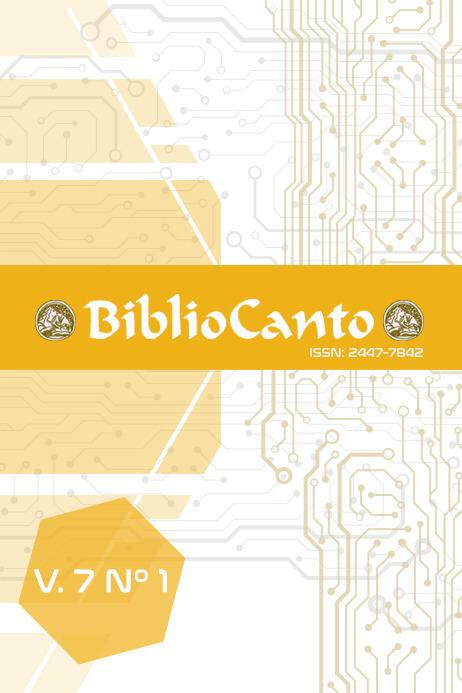The importance of teaching the Brazilian Sign Language for the formation of the librarian
DOI:
https://doi.org/10.21680/2447-7842.2021v7n1ID21867Keywords:
LIBRAS, Librarianship, Communication, Inclusion, AccessibilityAbstract
It deals with the history of the Brazilian Sign Language (LIBRAS) and its legalization as a language, as well as, the importance of its teaching and knowledge by information professionals, specifically the Librarian, where it brings the idea of the insertion and teaching of this language among students who are graduating in the course of Librarianship, as an incentive to mediation of information in libraries. It presents the need to understand this language and use it in the care and treatment of deaf users, using it as a bridge to spontaneous inclusion. It will also be addressed the training of the librarian, his way of acting in the information space and the use of communication among much of his activities, which leads us to the use of it as a bridge between User X Librarian and the primary need for understanding the needs of deaf users. The research is of bibliographic nature, where it was made a survey on the subject based on authors who address the same theme in their productions. As a result, we obtained a new look at the language in an interdisciplinary way that confirm the need and reflection on the insertion and presence of this context in the training of these professionals.
Downloads
Downloads
Published
How to Cite
Issue
Section
License
Os trabalhos publicados neste periódico podem ser disponibilizados em Repositórios Institucionais de Acesso Aberto.
Os conteúdos da Revista BiblioCanto estão licenciados sob uma Licença Creative Commons Atribuição 4.0 Internacional.
Qualquer usuário tem direito de:
- Compartilhar — copiar, baixar, imprimir ou redistribuir o material em qualquer suporte ou formato
- Adaptar — remixar, transformar, e criar a partir do material para qualquer fim, mesmo que comercial.
De acordo com os seguintes termos:
- Atribuição — Você deve dar o crédito apropriado, prover um link para a licença e indicar se mudanças foram feitas. Você deve fazê-lo em qualquer circunstância razoável, mas de maneira alguma que sugira ao licenciante a apoiar você ou o seu uso.
- Sem restrições adicionais — Você não pode aplicar termos jurídicos ou medidas de caráter tecnológico que restrinjam legalmente outros de fazerem algo que a licença permita.



 English
English Português (Brasil)
Português (Brasil)





